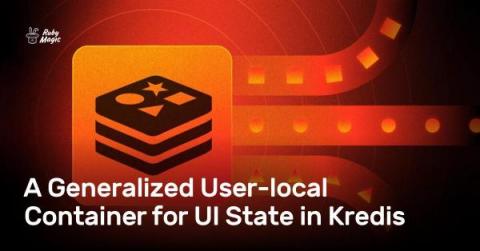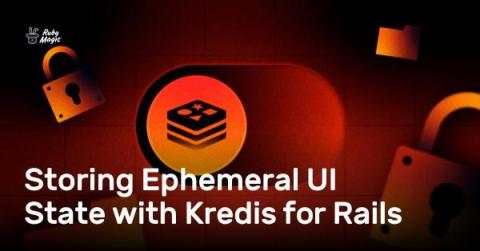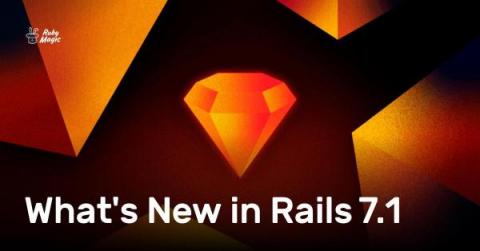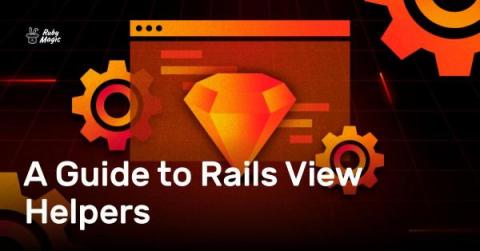How to Build an Error Handling Layer in Node.js
In an API-driven world, error handling is integral to every application. You should have an error handling layer in your Node.js app to deal with errors securely and effectively. In this article, we'll explore: Let’s jump right in!











